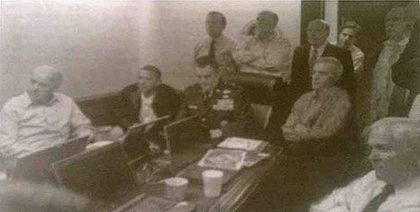THE CLOAK OF INVISIBILITY IS MORE THAN FICTION
Recently, I met Gloria Steinem at a television interview and had an opportunity to ask her a question. It was one I’d been thinking about for a while and was unable to resolve. If, I asked, President Obama were considering a national policy on burqas as the French have done, what advice would she offer him?

(BingImages)
Her reply was measured. Except in cases where knowing a person’s identity was necessary, she supported a woman’s right to choose whatever form of dress she wished.
I wanted to feel satisfied by her answer, but I wasn’t. Is a woman free to choose if the culture to which the woman belongs has institutionalized her inequality? In Pakistan, “The law of evidence, for example, ‘considers one woman’s testimony as being equal to half that of a man’s in the case of rape’” (“This Week,” May 6, 2011, pg. 18).
The question is not for women of the Middle East only. Women in the west have accepted legal and religious shibboleths that support their inequality for years. Only through the challenges of women like Gloria Steinem has our level of consciousness been raised, though not for all. In the 21st Century, women may not become priests in the Catholic Church, for example.
More recently, the newspaper of a Hasidic group in Belguim erased the image of Hilary Clinton and Audrey Tomaso, Director for Counter terrorism, from the photograph of leaders gathered in the Situation Room during the military assault on Osama bin Laden’s compound.


(White House photo)
The paper has since apologized but I am forced to ask the question again: when institutionalized inequality is a mindset how does one become free? Certainly laws are not enough because freedom is a state of mind and believing one is inferior is a hard habit to break. Burqas or doctored photographs — there is a portion of every woman’s life where she lives under a cloak of invisibility.